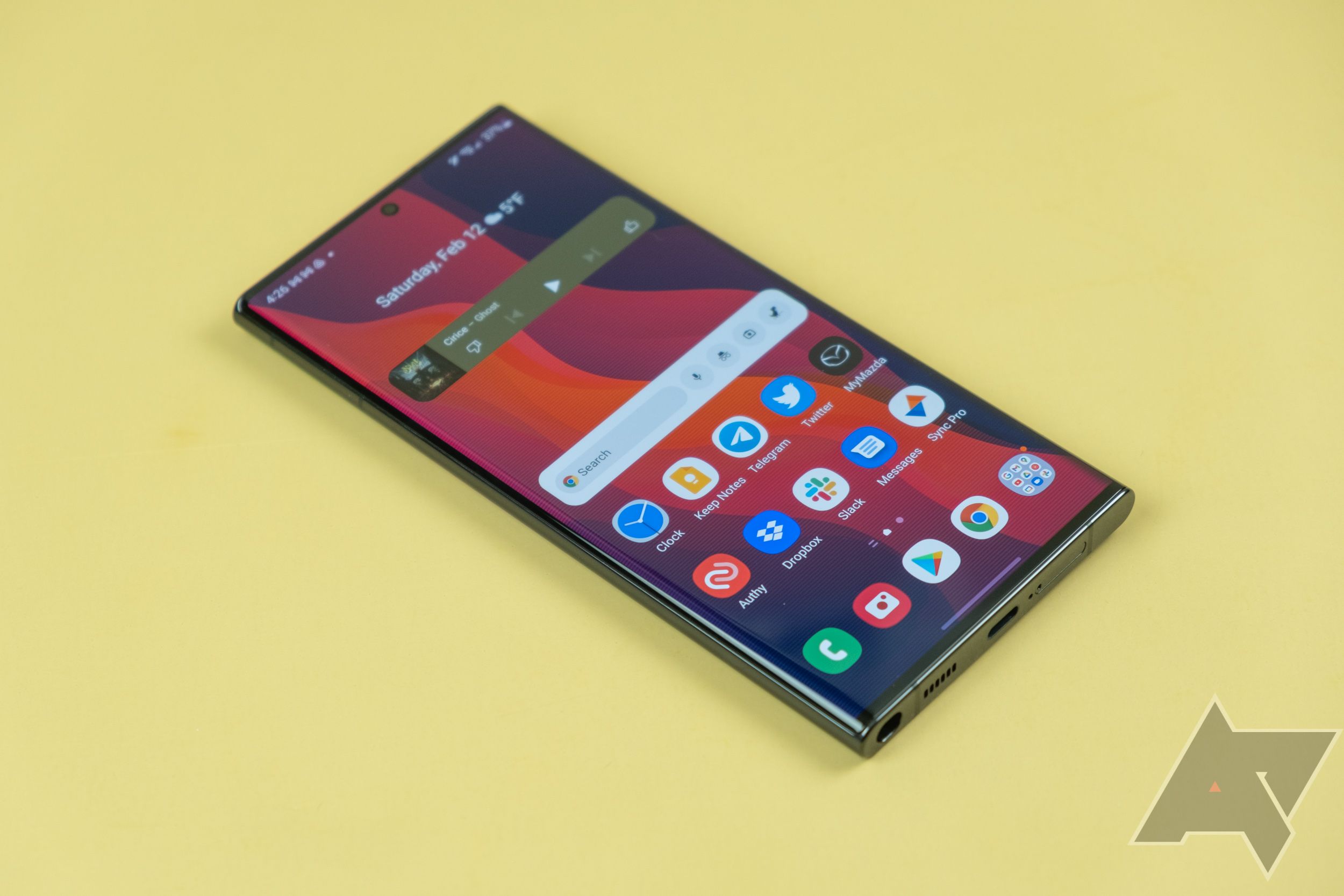Back in 2020, Google made a change to its Android 11 Vendor Test Suite (VTS), requiring all smartphones launching with Android 11 and above to support seamless updates. However, the company ultimately backtracked on its decision and left it as an optional feature. Nevertheless, while phones from the likes of Google, OnePlus, and Motorola have long supported seamless updates, for some reason Samsung has been resistant to use it on even its most premium smartphones. The latest on that list is the newly-launched Galaxy S22 lineup, comprised of the Galaxy S22, S22+, and the $1,200 S22 Ultra.
For those unaware, smartphones with seamless updates (or A/B updates) let you install system updates while you're using them, unlike the old-school method where your phone had to sit dormant while the updates get installed. The feature was launched by Google back in 2016 as an attempt to make your software updating experience better — and safer.
Speaking of software updates, Samsung's smartphones often enjoy being among the quickest to receive them. With the launch of the Galaxy S22 series, the company took things to the next level by promising four years of Android updates and five years of security patches for some of its high-end devices. That said, all of them lack this support for seamless updates, meaning that you'll have to sit for minutes applying those updates while your smartphone's otherwise unusable.
Esper's Mishaal Rahman notes that Google's documentation still reports that "Virtual A/B is a GMS requirement on devices launching with Android 11 and higher." However, that doesn't seem to actually be the case, as Samsung's S22 series arrived running Android 12 and still don't have seamless support. All the phones in the lineup — the S22, S22+, and the S22 Ultra — are powered by chipsets that supports virtual A/B updates, but it seems like it was upon Samsung whether to implement that or not, and it chose not to. Sigh.

